When it comes to designing or renovating your living room, one of the key elements to consider is the size of your windows. Not only do they play a major role in the aesthetics of the room, but they also have a significant impact on the amount of natural light and ventilation. So, what is the standard size for a living room window? Let's find out.Living Room Window Size: What's the Standard Size?
Before we dive into the standard sizes for living room windows, it's crucial to understand how to measure for window treatments. This will help you determine the appropriate size for your window and ensure a perfect fit. The first step is to measure the width of your window from left to right, including the trim. Next, measure the height from the top of the window to the bottom. Finally, measure the depth of your window frame to determine how much space you have for any additional treatments.How to Measure for Window Treatments in a Living Room
When choosing the size of your living room windows, there are a few factors to consider. The first is the style and layout of your living room. If you have a large and open living room, you can opt for bigger windows to let in more natural light and create a more spacious feel. If your living room is on the smaller side, you may want to consider smaller windows to maintain a cozy atmosphere. Another factor to consider is the placement of your windows. If you have a beautiful view outside, you may want to opt for larger windows to take advantage of it. Alternatively, if you have a busy street or noisy neighbors, smaller windows may be a better option to minimize noise and maintain privacy.Choosing the Right Window Size for Your Living Room
One of the main benefits of having windows in your living room is the natural light they bring in. To maximize this benefit, it's essential to choose the right window size. A general rule of thumb is that the total window area should be around 10-15% of the total floor area of the room. This will ensure that your living room is well-lit without being too overpowering. Additionally, consider the orientation of your windows. South-facing windows will bring in the most natural light, while north-facing windows will provide more even lighting throughout the day. East-facing windows are ideal for morning light, while west-facing windows will have more afternoon and evening light. Keep this in mind when choosing the size and placement of your living room windows.Living Room Window Size: Tips for Maximizing Natural Light
While there is no one-size-fits-all when it comes to living room window sizes, here are some standard dimensions to keep in mind: Single-Hung Windows: These windows have one movable sash and are typically around 36 inches wide and 60 inches tall. Double-Hung Windows: These windows have two movable sashes and are typically around 48 inches wide and 72 inches tall. Sliding Windows: These windows slide horizontally and are typically around 36 inches wide and 48 inches tall. Bay or Bow Windows: These windows protrude from the exterior wall and are typically around 72 inches wide and 48 inches tall. Remember, these are just standard sizes, and you can always customize the dimensions to fit your specific needs and preferences.Standard Living Room Window Sizes and Dimensions
Now that you have an understanding of the standard window sizes for living rooms, it's time to choose the perfect size for your home. Consider the style, layout, and orientation of your living room, as well as your personal preferences. If you're unsure, consult with a professional to help you make the best decision. Another tip is to create a mock-up or use an online design tool to visualize how different window sizes will look in your living room. This will give you a better idea of how much natural light and ventilation each size will provide, allowing you to make an informed decision.How to Choose the Perfect Living Room Window Size for Your Home
When it comes to choosing the size of your living room windows, there are a few common mistakes to avoid. The first is choosing windows that are too small, which can make your living room feel dark and cramped. On the other hand, choosing windows that are too large can result in too much light and heat, making the room uncomfortable. Another mistake is not considering the placement of your furniture. If you have a large sofa or other bulky furniture, make sure to leave enough space between the window and the furniture to allow for easy movement and access to natural light.Living Room Window Size: Common Mistakes to Avoid
If you're planning to install new windows in your living room, it's crucial to measure accurately to ensure a perfect fit. Here's a quick step-by-step guide to measuring for new living room windows: Step 1: Measure the width of your current window frame from the inside. Step 2: Measure the height of your current window frame from the inside. Step 3: Measure the depth of your window frame from the inside. Step 4: Measure the distance between the window frame and the closest obstacle, such as a wall or piece of furniture. Step 5: Consider any additional treatments or features, such as curtains or blinds, and adjust your measurements accordingly. It's always best to double-check your measurements and consult with a professional before making any final decisions.Measuring for New Living Room Windows: A Step-by-Step Guide
If you have a small living room, you may be wondering how to make it look bigger. One of the best ways to achieve this is by choosing the right window size. Opting for larger windows will let in more natural light, making the room feel more spacious and open. You can also use light-colored curtains or blinds to further enhance this effect.Living Room Window Size: How to Make a Small Room Look Bigger
Here's a quick comparison guide of the standard window sizes for living rooms we discussed earlier: Single-Hung Windows: 36 inches wide and 60 inches tall. Double-Hung Windows: 48 inches wide and 72 inches tall. Sliding Windows: 36 inches wide and 48 inches tall. Bay or Bow Windows: 72 inches wide and 48 inches tall. Remember, these are just guidelines, and you can always customize the size of your windows to fit your specific needs and preferences. In conclusion, there is no one standard size for living room windows. The size you choose will depend on various factors, including the style, layout, and orientation of your living room, as well as personal preferences. Just remember to measure accurately, consider the placement of your furniture, and consult with a professional if needed. With the right size and placement, your living room windows can enhance the overall look and feel of your space.Standard Window Sizes for Living Rooms: A Comparison Guide
The Importance of Living Room Window Size in House Design
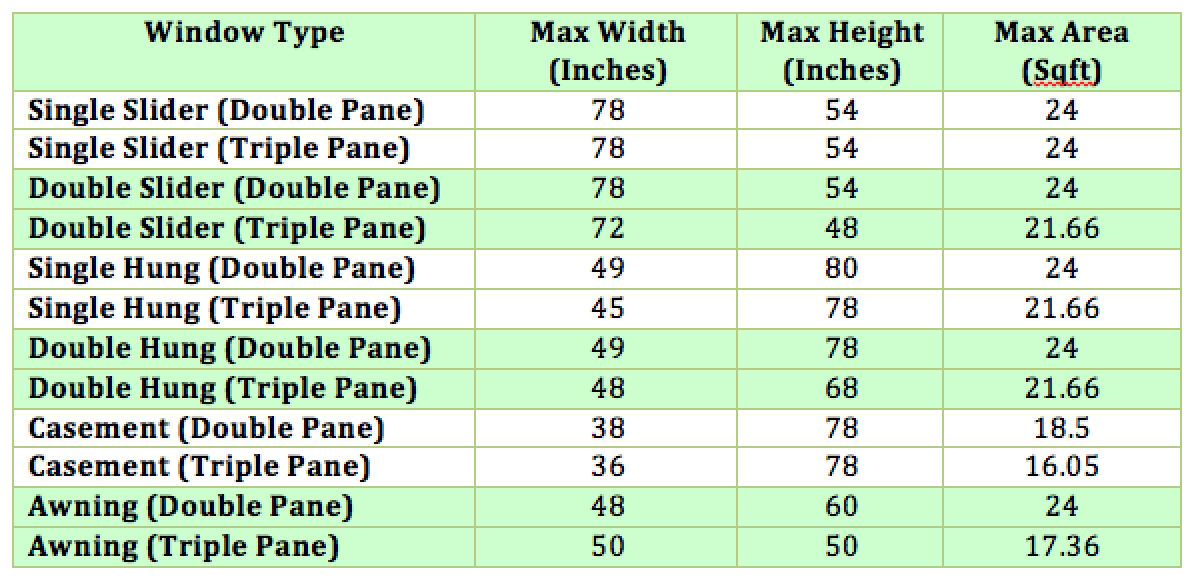
Creating the Perfect Balance
 The living room is often considered the heart of a home, where family and friends gather to relax and spend quality time together. As such, the design and layout of this space play a crucial role in creating a warm and inviting atmosphere. One important element of living room design is the size and placement of windows.
Having the right window size can greatly impact the overall look and feel of a living room, making it both functional and aesthetically pleasing.
The living room is often considered the heart of a home, where family and friends gather to relax and spend quality time together. As such, the design and layout of this space play a crucial role in creating a warm and inviting atmosphere. One important element of living room design is the size and placement of windows.
Having the right window size can greatly impact the overall look and feel of a living room, making it both functional and aesthetically pleasing.
Air and Natural Light
 Windows are not just for decoration; they serve a practical purpose as well.
Properly sized windows allow for natural light to enter the room, creating a brighter and more spacious feel.
Additionally, they provide much-needed ventilation, allowing fresh air to circulate throughout the space. This can be especially beneficial during warmer months when opening windows can help cool down a room and reduce the need for artificial cooling systems.
Windows are not just for decoration; they serve a practical purpose as well.
Properly sized windows allow for natural light to enter the room, creating a brighter and more spacious feel.
Additionally, they provide much-needed ventilation, allowing fresh air to circulate throughout the space. This can be especially beneficial during warmer months when opening windows can help cool down a room and reduce the need for artificial cooling systems.
Views and Aesthetics
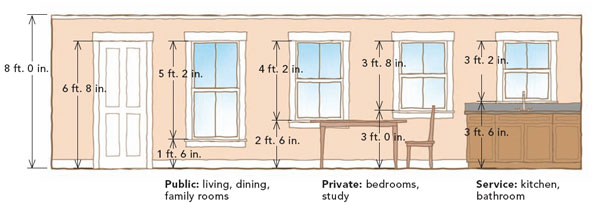 The
size and placement of windows can also greatly impact the overall aesthetics of a living room.
Large windows can provide an expansive view of the outdoors, bringing in natural beauty and creating a sense of connection with nature. This can also help make a living room feel more spacious and open. On the other hand, smaller windows can add a touch of coziness and intimacy to the space, creating a more intimate and inviting atmosphere.
The
size and placement of windows can also greatly impact the overall aesthetics of a living room.
Large windows can provide an expansive view of the outdoors, bringing in natural beauty and creating a sense of connection with nature. This can also help make a living room feel more spacious and open. On the other hand, smaller windows can add a touch of coziness and intimacy to the space, creating a more intimate and inviting atmosphere.
Considerations for Window Size
 When determining the size of windows for a living room, it is important to consider the
room's dimensions, furniture placement, and natural lighting sources.
For instance, if the living room is small, oversized windows may overwhelm the space and make it feel cramped. On the other hand, if the room is large, small windows may not provide enough natural light and make the space feel dark and unwelcoming.
It is essential to strike a balance and choose window sizes that complement the overall design and functionality of the living room.
In conclusion,
the size of living room windows is a crucial aspect of house design that should not be overlooked.
It can greatly impact the look and feel of a space, providing natural light, air, and views while also enhancing the overall aesthetics. When designing a living room, it is important to carefully consider the size and placement of windows to create a harmonious and inviting atmosphere. So, next time you are redesigning your living room, make sure to give proper attention to the size of your windows for an optimal living experience.
When determining the size of windows for a living room, it is important to consider the
room's dimensions, furniture placement, and natural lighting sources.
For instance, if the living room is small, oversized windows may overwhelm the space and make it feel cramped. On the other hand, if the room is large, small windows may not provide enough natural light and make the space feel dark and unwelcoming.
It is essential to strike a balance and choose window sizes that complement the overall design and functionality of the living room.
In conclusion,
the size of living room windows is a crucial aspect of house design that should not be overlooked.
It can greatly impact the look and feel of a space, providing natural light, air, and views while also enhancing the overall aesthetics. When designing a living room, it is important to carefully consider the size and placement of windows to create a harmonious and inviting atmosphere. So, next time you are redesigning your living room, make sure to give proper attention to the size of your windows for an optimal living experience.


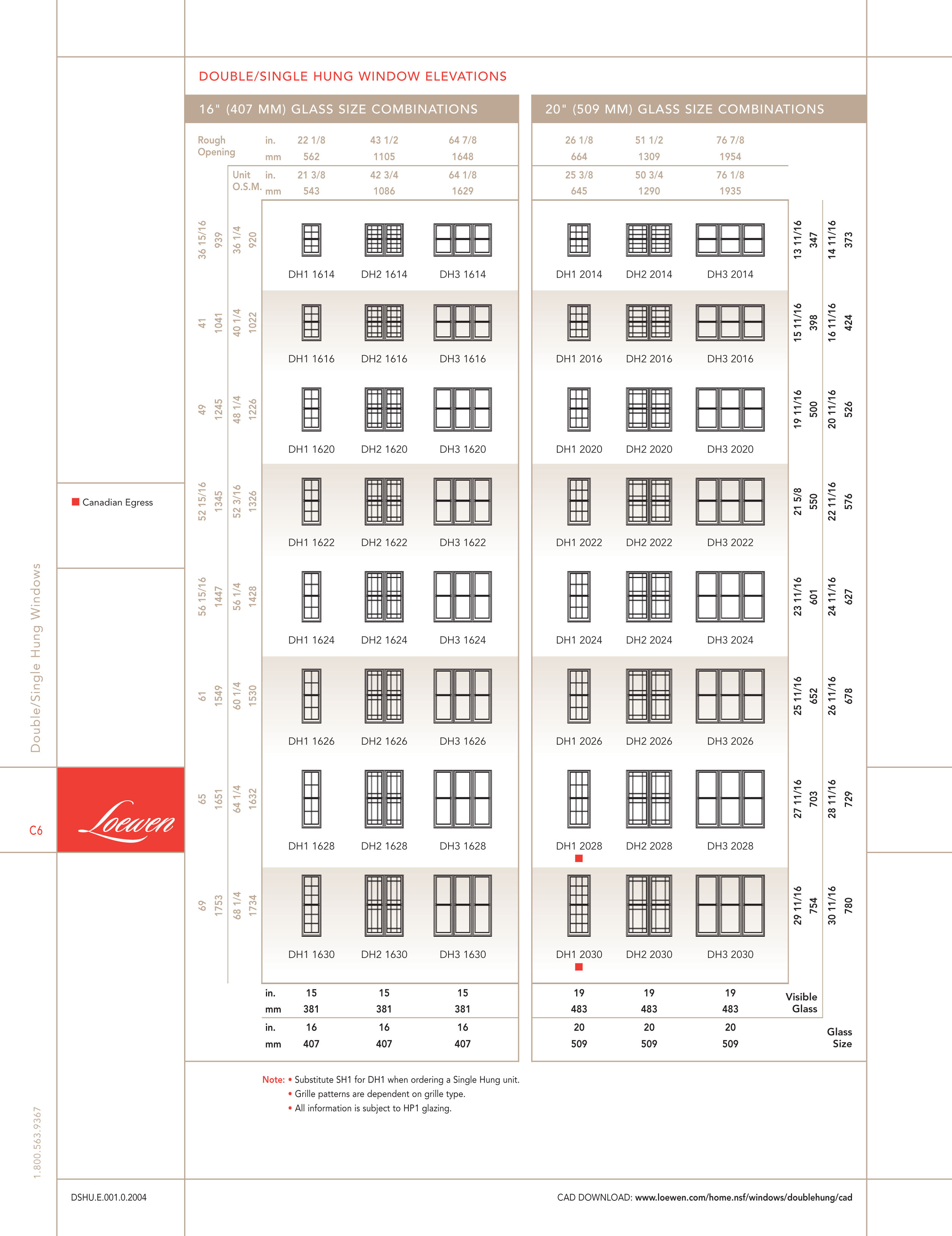
/What-are-standard-window-sizes-5195074-V1-1156aee102ac4a7d8aeac631454c41dc.png)

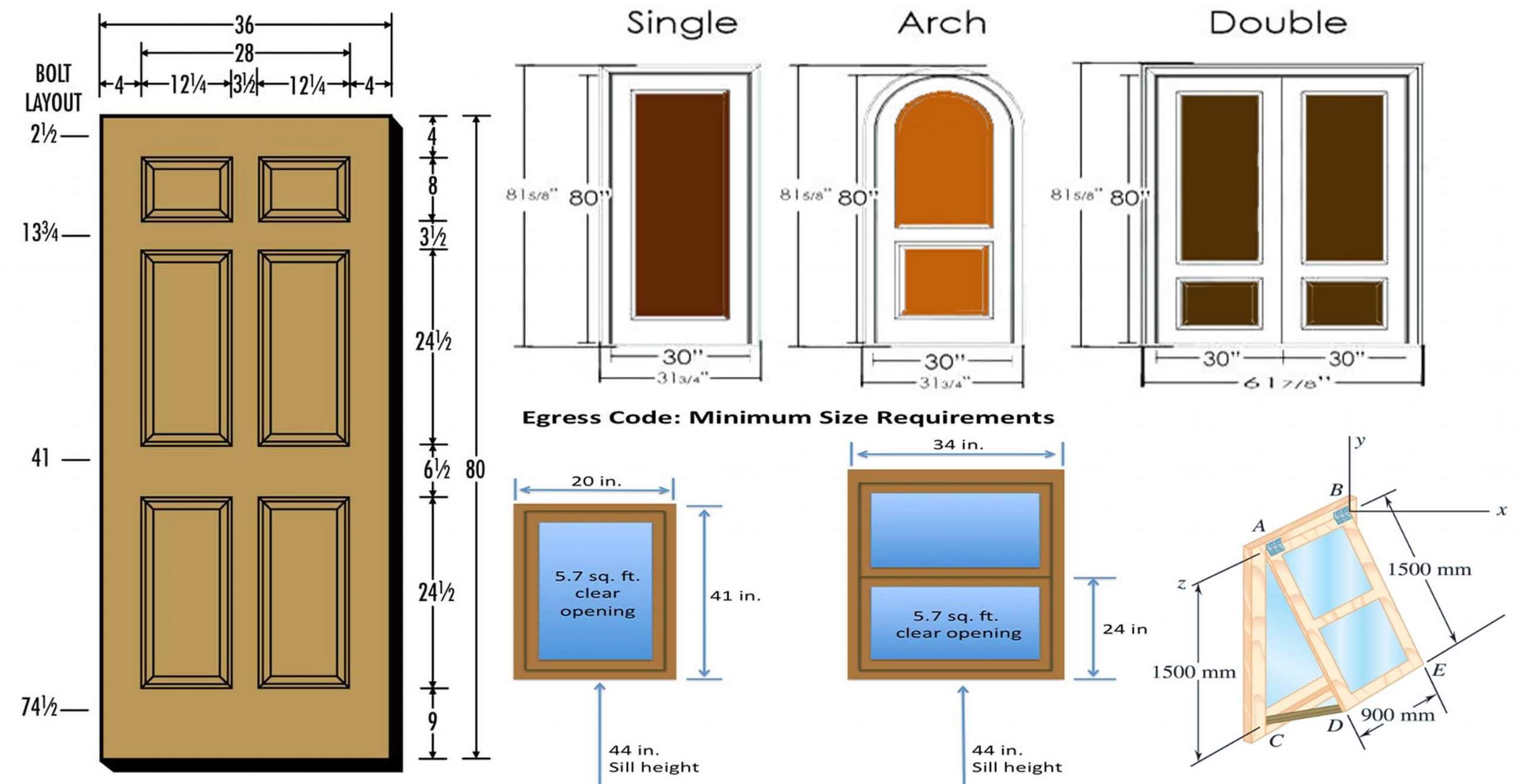


























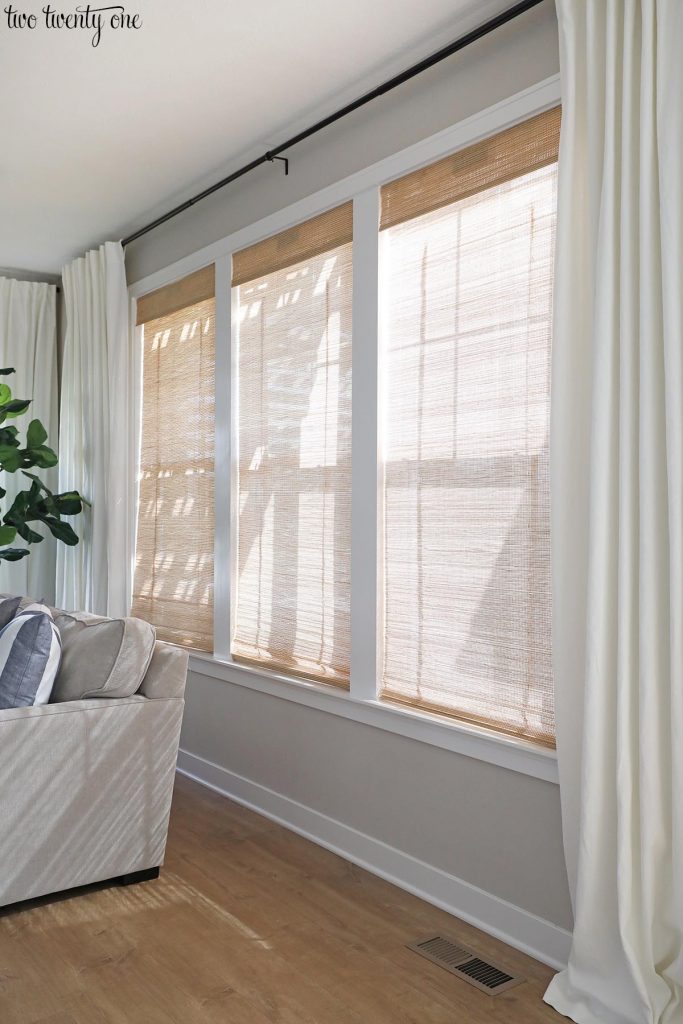




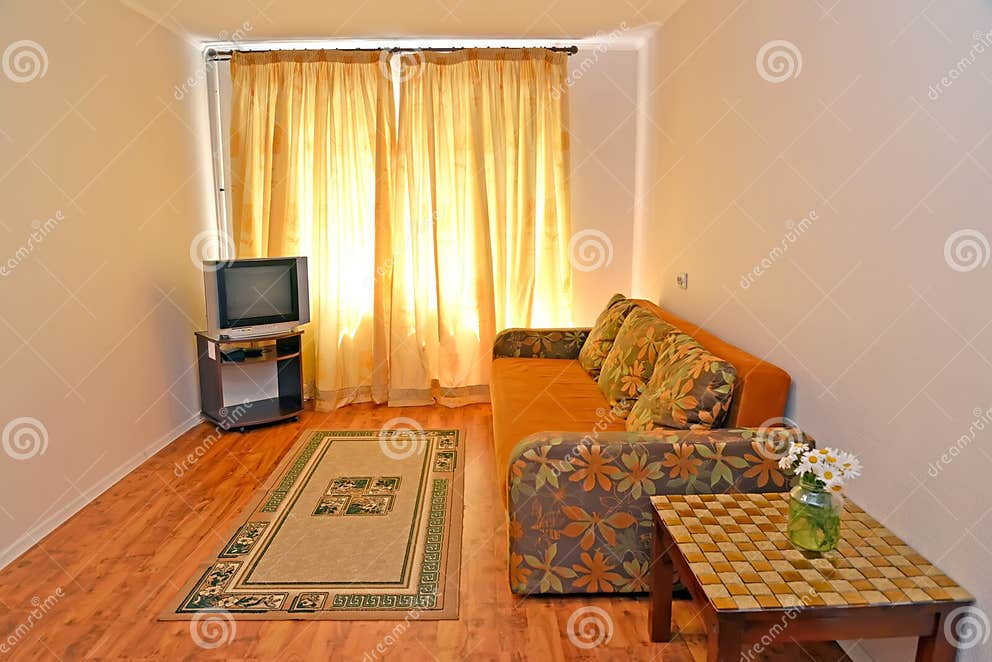



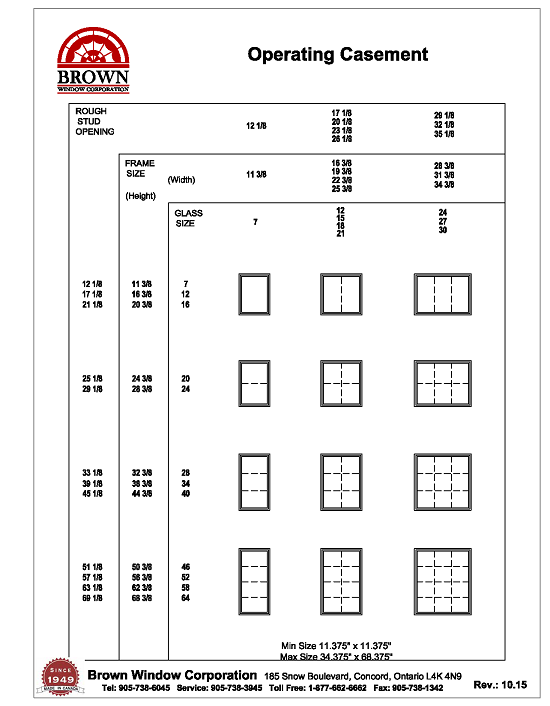







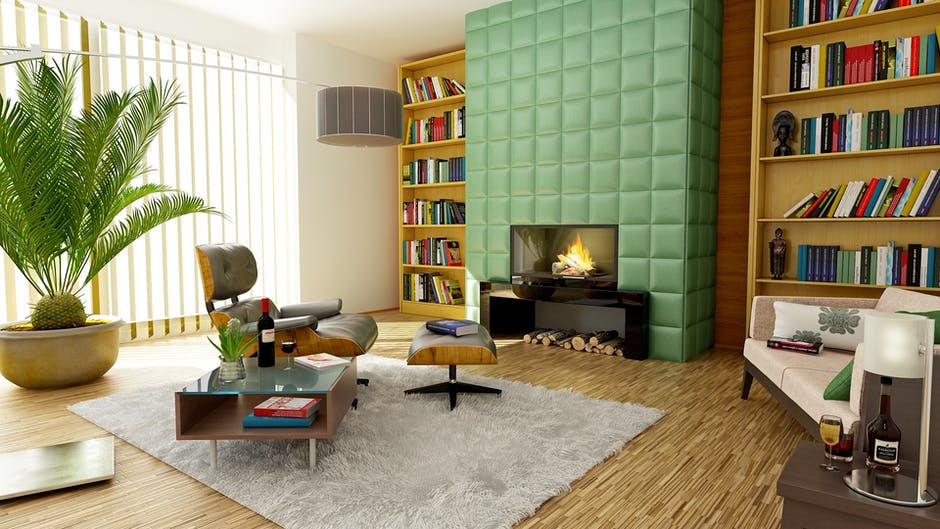




















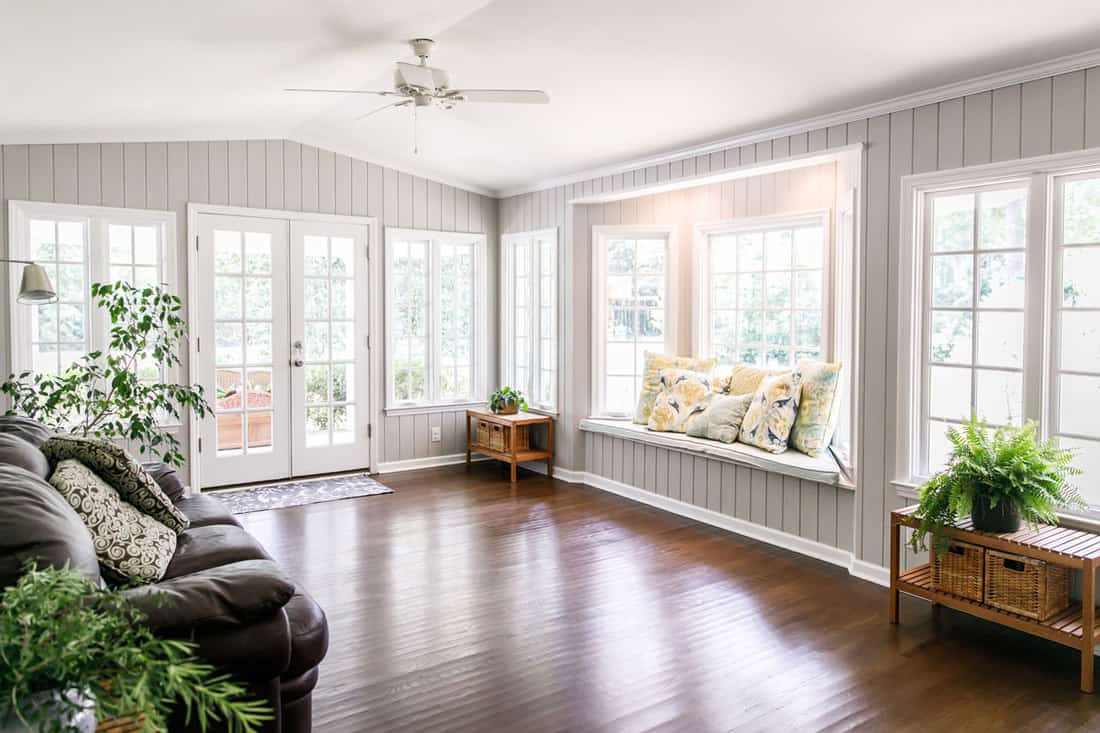
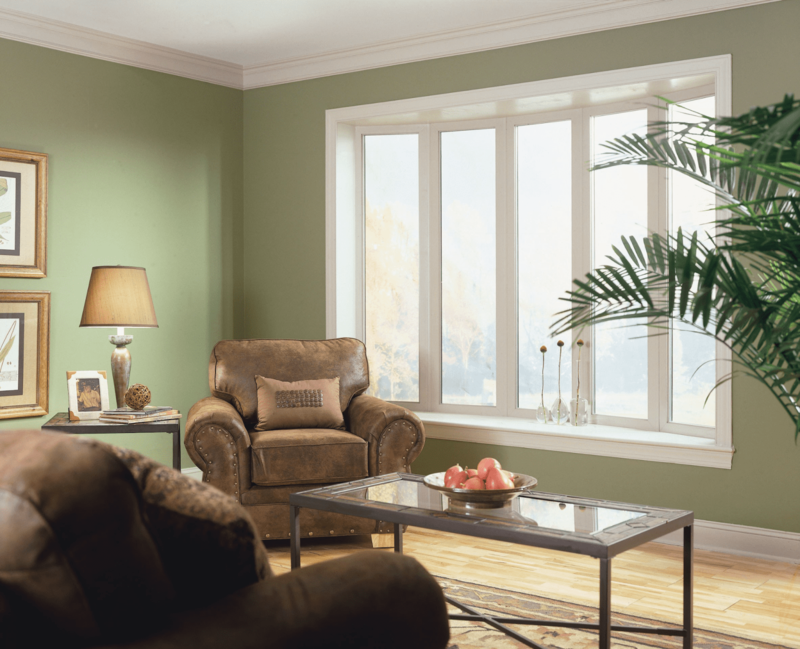


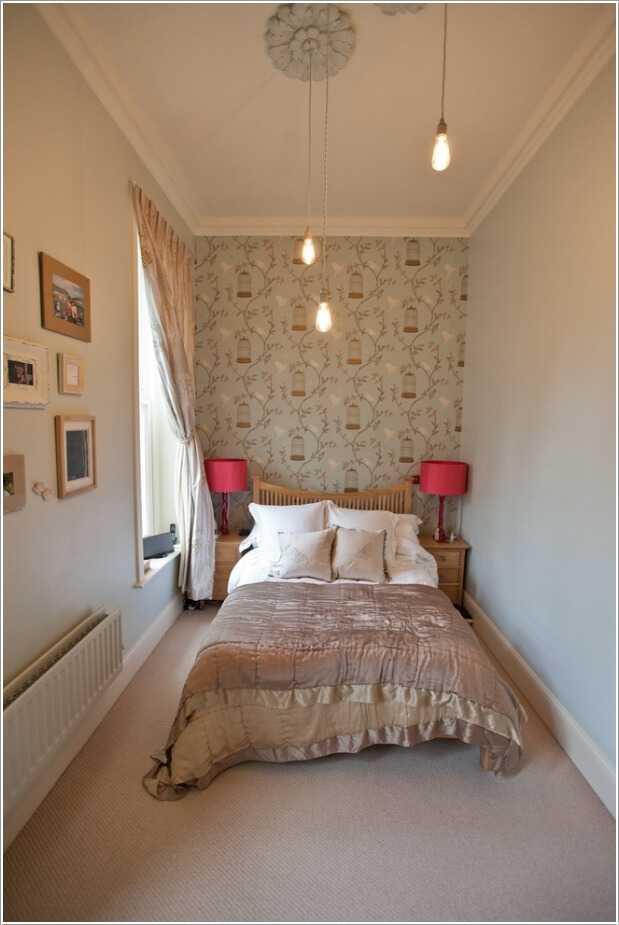




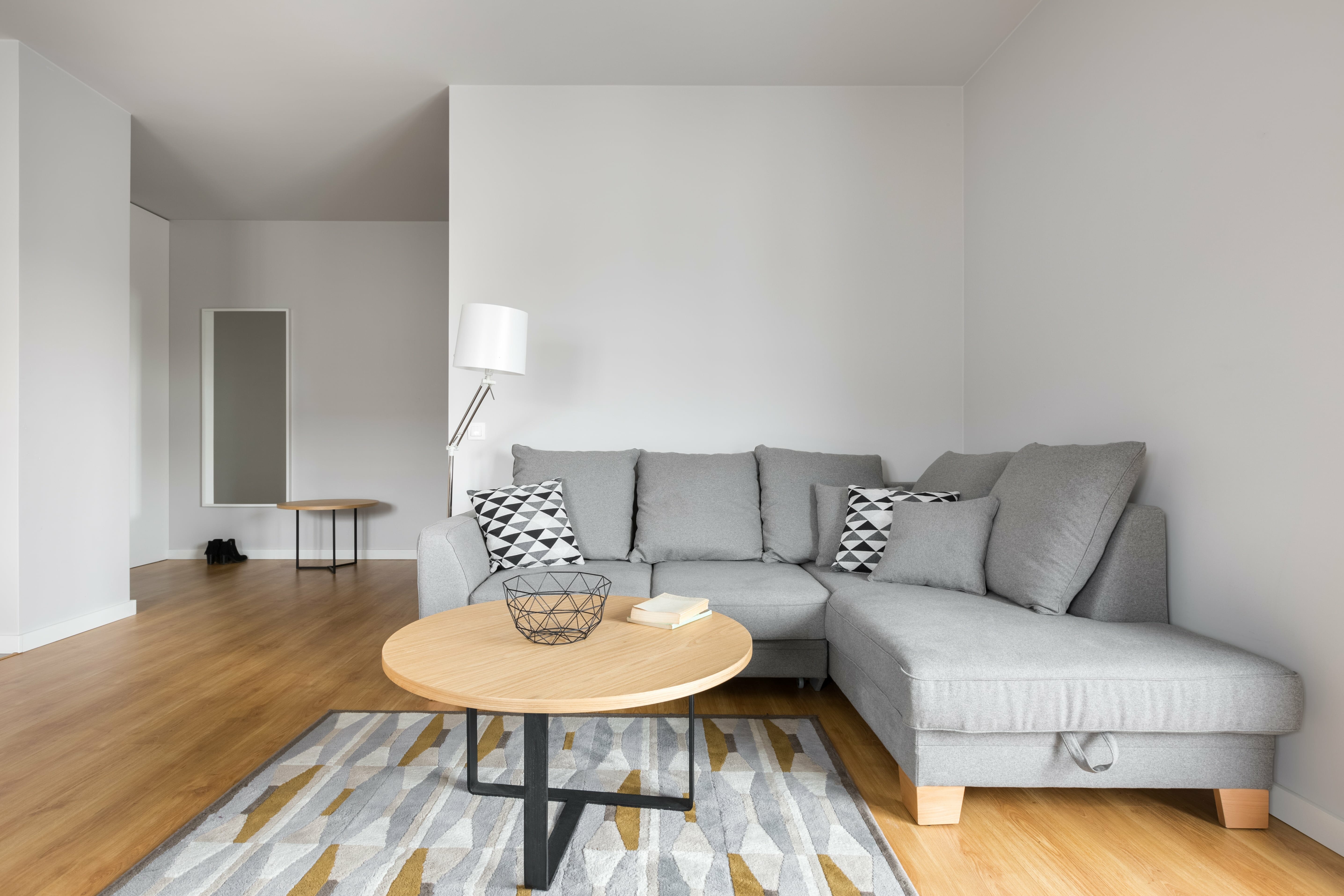
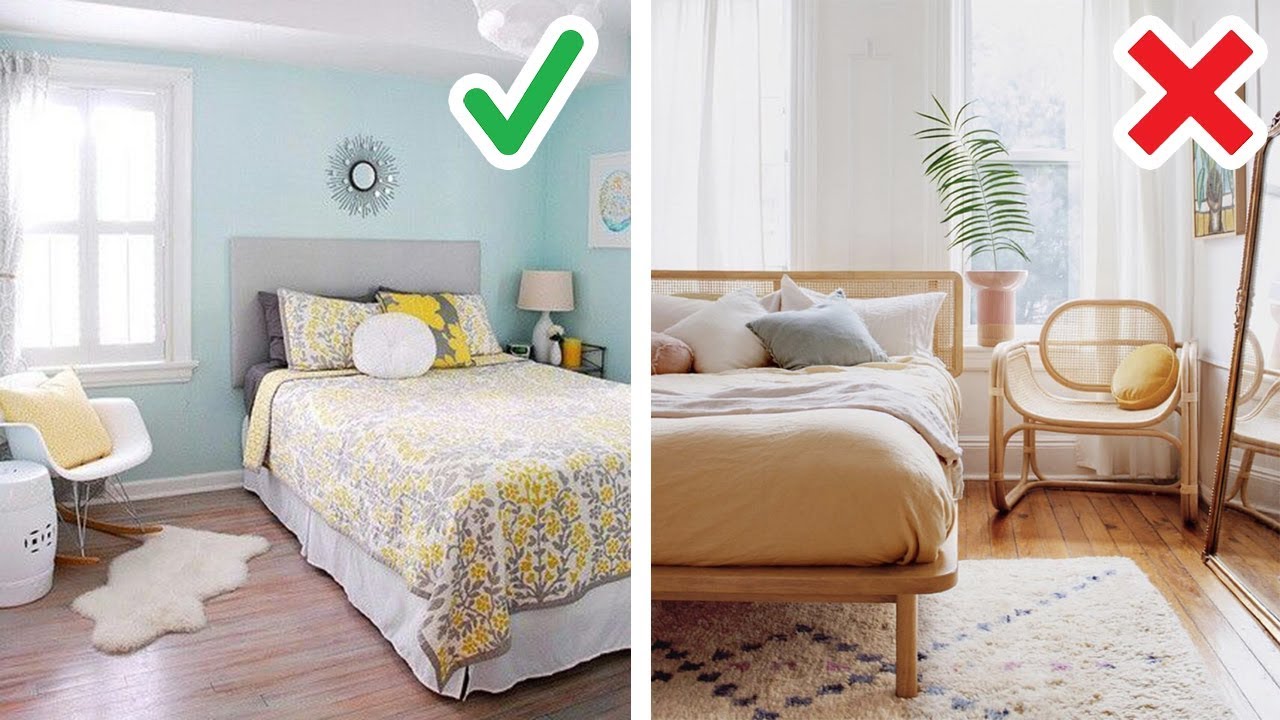


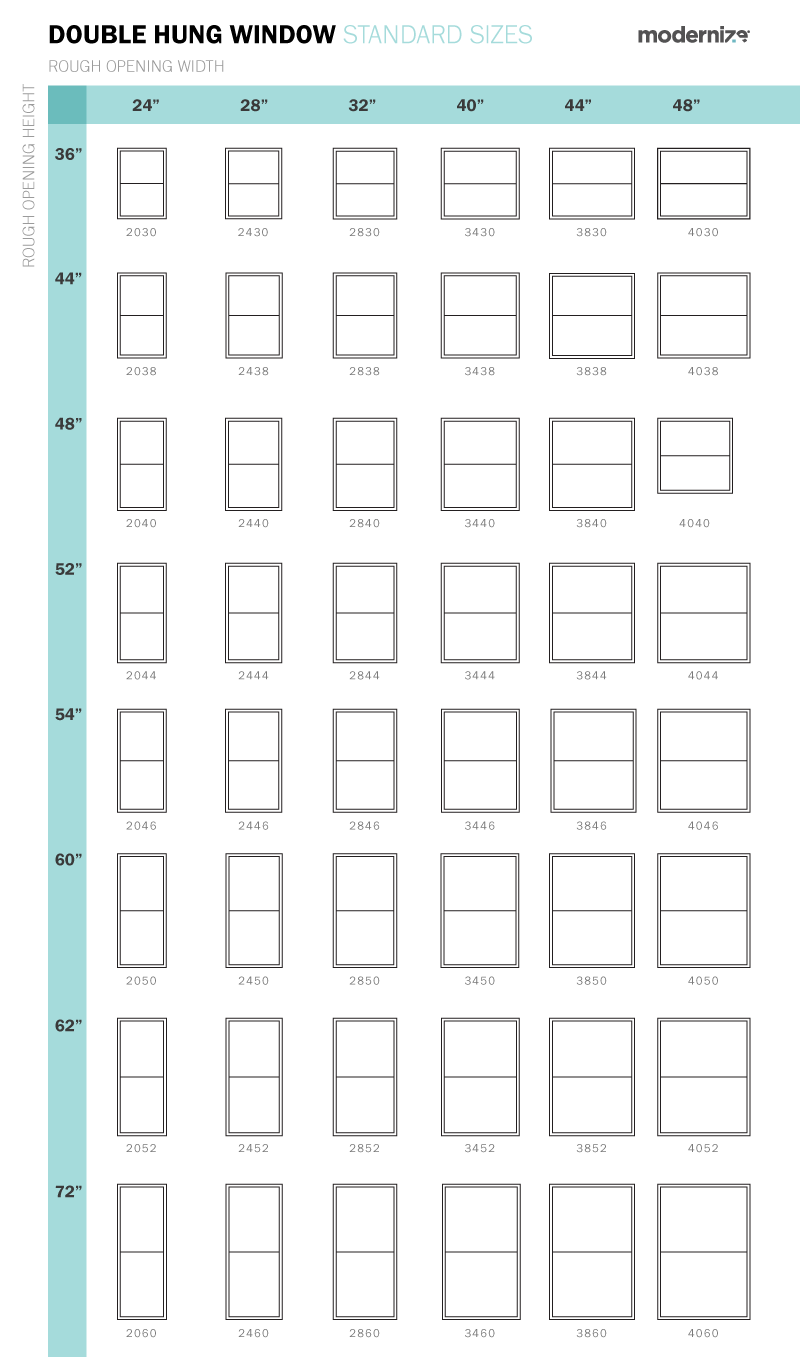

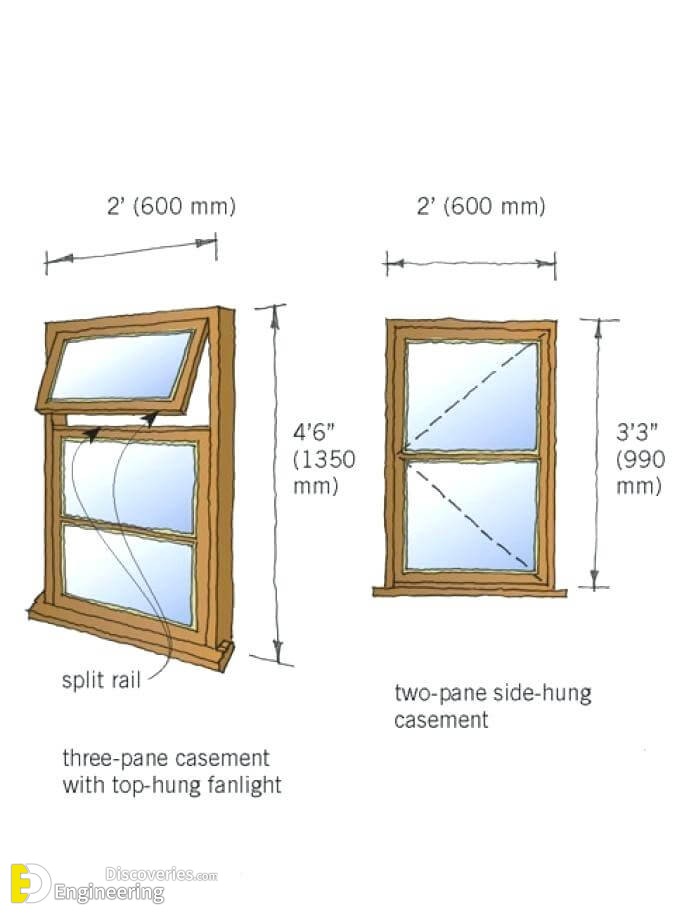
:max_bytes(150000):strip_icc()/What-are-standard-window-sizes-5195074-V1-1156aee102ac4a7d8aeac631454c41dc.png)








